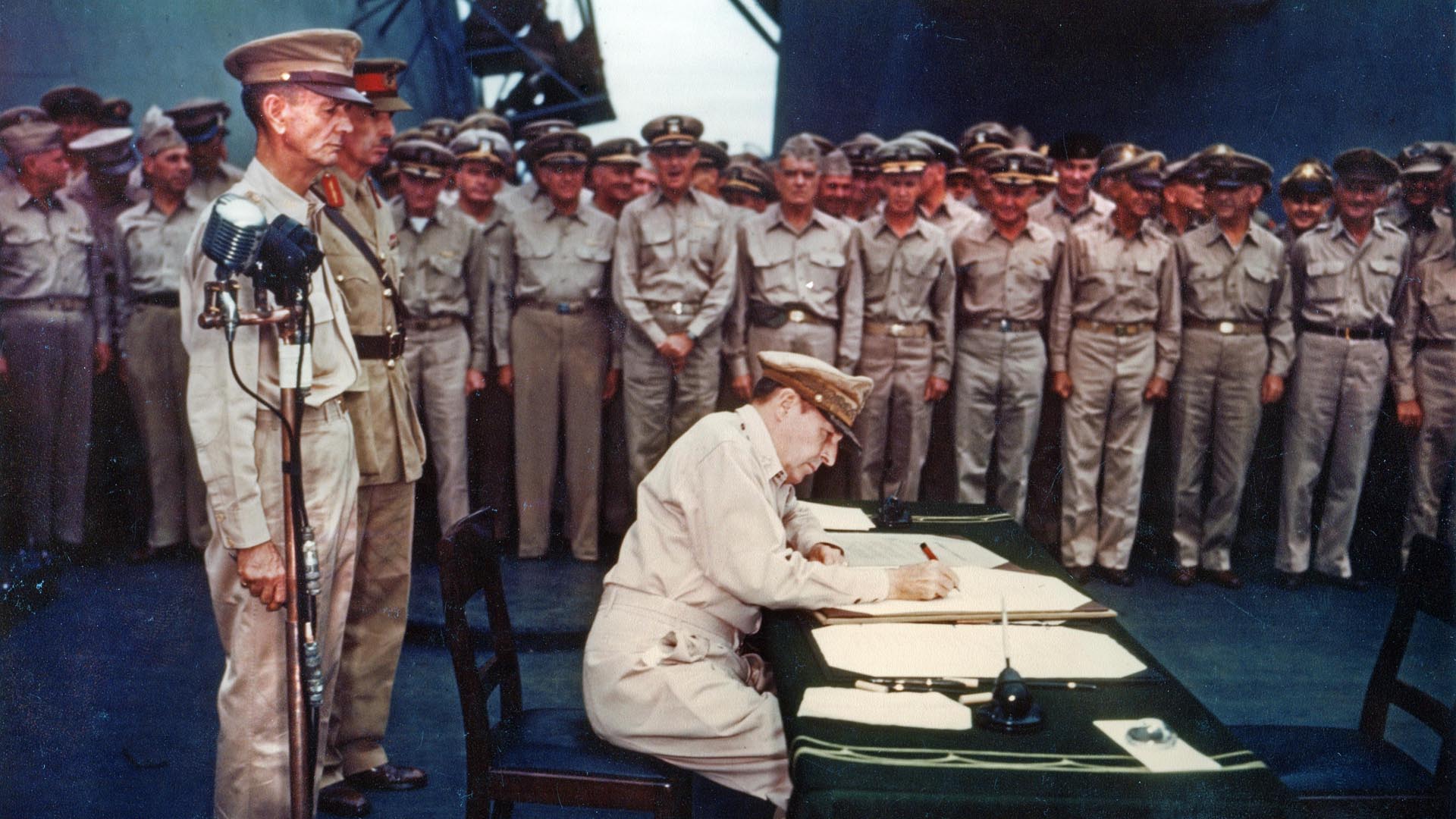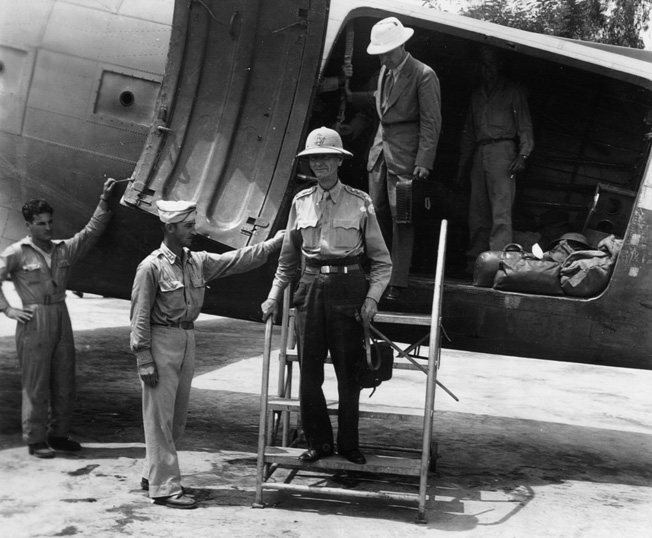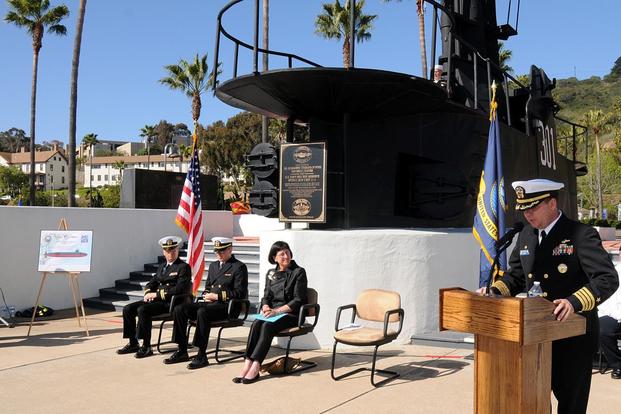BarnBuster
Virtually Unknown Member
Today in Military History:
On August 16, 1945, Lt. Gen. Jonathan Wainwright, (captured by the Japanese on the island of Corregidor, in the Philippines), is freed from a POW camp in Manchuria, China.
When President Franklin Roosevelt transferred Gen. Douglas MacArthur from his command in the Philippines to Australia in March 1942, Maj. Gen. Wainwright, until then under MacArthur’s command, was promoted to temporary lieutenant general and given command of all Philippine forces. His first major strategic decision was to move his troops to the fortified garrison at Corregidor. When Bataan was taken by the Japanese, and the infamous Bataan “Death March” of captured Allies was underway, Corregidor became the next battle ground. Wainwright and his 13,000 troops held out for a month despite heavy artillery fire. Finally, Wainwright and his troops, already exhausted, surrendered on May 6.
The irony of Wainwright’s promotion was that as commander of all Allied forces in the Philippines, his surrender meant the surrender of troops still holding out against the Japanese in other parts of the Philippines. Wainwright was taken prisoner, spending the next three and a half years as a POW in Luzon, Philippines, Formosa (now Taiwan), and Manchuria, China. Upon Japan’s surrender, Russian forces in Manchuria liberated the POW camp in which Wainwright was being held.
(Read below of the O.S.S. involvement (CARDINAL) in the rescue and their task to prevent retaliation to all prisoners being held in Japanese camps in Manchuria. bb)
The years of captivity took its toll on the general. The man who had been nicknamed “Skinny” was now emaciated. His hair had turned white, and his skin was cracked and fragile. He was also depressed, believing he would be blamed for the loss of the Philippines to the Japanese.
When Wainwright arrived in Yokohama, Japan, to attend the formal surrender ceremony, Gen. MacArthur, his former commander, was stunned at his appearance. Wainwright was given a hero’s welcome upon returning to America, promoted to full general and awarded the Medal of Honor.


 warfarehistorynetwork.com
warfarehistorynetwork.com

 sofrep.com
sofrep.com
Further Reading:
Hero of Bataan: The Story of General Wainwright / Duane P. Schultz
General Wainwright's Story / Jonathan M. Wainwright
On August 16, 1945, Lt. Gen. Jonathan Wainwright, (captured by the Japanese on the island of Corregidor, in the Philippines), is freed from a POW camp in Manchuria, China.
When President Franklin Roosevelt transferred Gen. Douglas MacArthur from his command in the Philippines to Australia in March 1942, Maj. Gen. Wainwright, until then under MacArthur’s command, was promoted to temporary lieutenant general and given command of all Philippine forces. His first major strategic decision was to move his troops to the fortified garrison at Corregidor. When Bataan was taken by the Japanese, and the infamous Bataan “Death March” of captured Allies was underway, Corregidor became the next battle ground. Wainwright and his 13,000 troops held out for a month despite heavy artillery fire. Finally, Wainwright and his troops, already exhausted, surrendered on May 6.
The irony of Wainwright’s promotion was that as commander of all Allied forces in the Philippines, his surrender meant the surrender of troops still holding out against the Japanese in other parts of the Philippines. Wainwright was taken prisoner, spending the next three and a half years as a POW in Luzon, Philippines, Formosa (now Taiwan), and Manchuria, China. Upon Japan’s surrender, Russian forces in Manchuria liberated the POW camp in which Wainwright was being held.
(Read below of the O.S.S. involvement (CARDINAL) in the rescue and their task to prevent retaliation to all prisoners being held in Japanese camps in Manchuria. bb)
The years of captivity took its toll on the general. The man who had been nicknamed “Skinny” was now emaciated. His hair had turned white, and his skin was cracked and fragile. He was also depressed, believing he would be blamed for the loss of the Philippines to the Japanese.
When Wainwright arrived in Yokohama, Japan, to attend the formal surrender ceremony, Gen. MacArthur, his former commander, was stunned at his appearance. Wainwright was given a hero’s welcome upon returning to America, promoted to full general and awarded the Medal of Honor.
Operation Cardinal: OSS in Manchuria
A five-man OSS team parachutes into Mukden, Manchuria to rescue American and British POWs during WWII.
www.academia.edu

The OSS' Operation Cardinal: Locating General Jonathan Wainwright
The OSS Cardinal Mission located General Jonathan Wainwright at a Japanese prison camp in Manchuria.

Jonathan Wainwright, Hero of Corregidor, Rescued By OSS August 1945
n 1945, the OSS had set up specially constructed teams to infiltrate ahead of the allied advance and assist with the freeing of Allied POW camps.
Further Reading:
Hero of Bataan: The Story of General Wainwright / Duane P. Schultz
General Wainwright's Story / Jonathan M. Wainwright
Last edited:






















